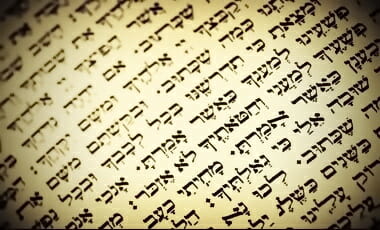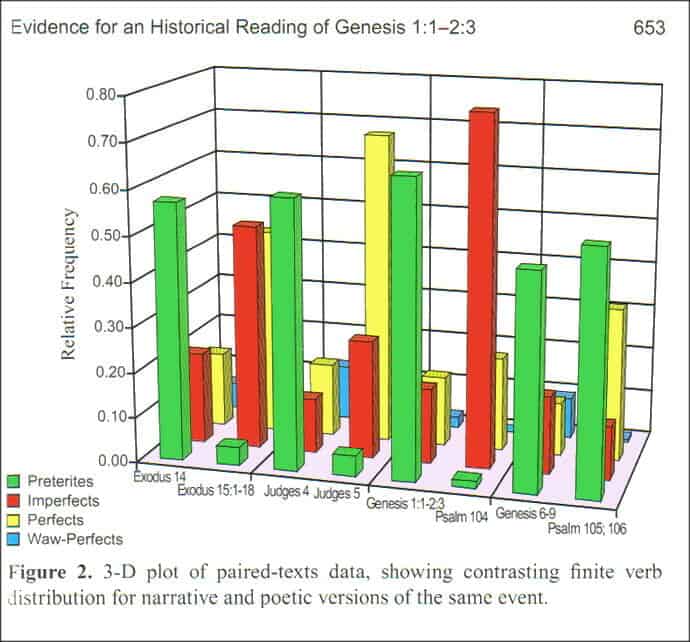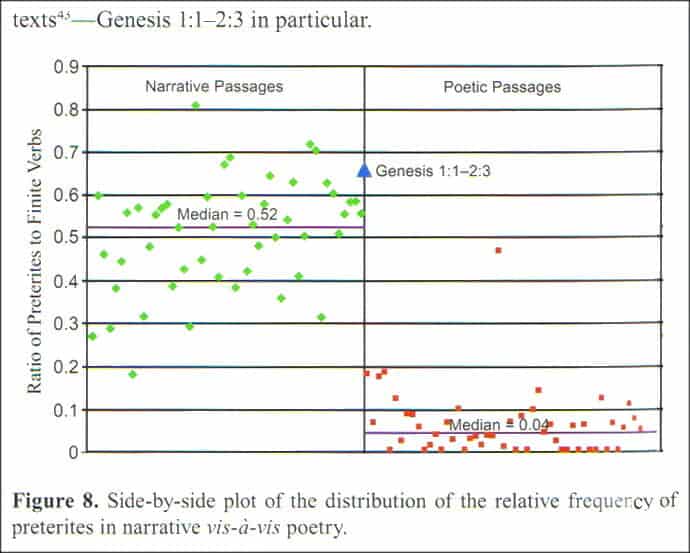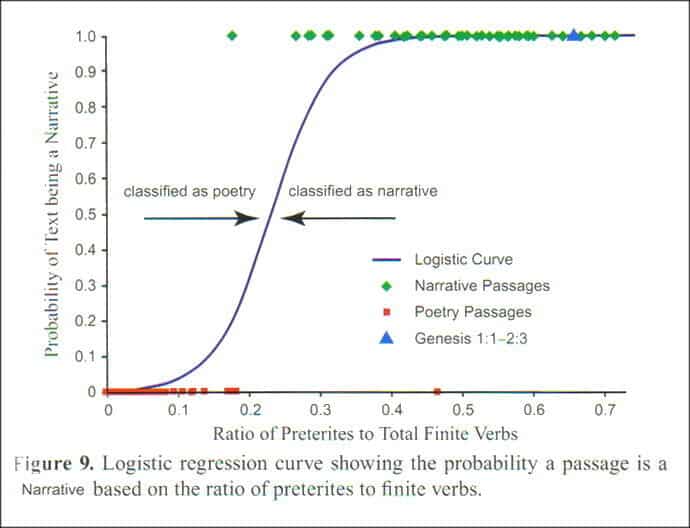This is part of a paper I did for a friend’s class — ENJOY (it is suppose to be a 500-word essay and was for a “multi-cultural children’s literature” class at a secular university):
“We can learn from history how past generations thought and acted, how they responded to the demands of their time and how they solved their problems. We can learn by analogy, not by example, for our circumstances will always be different than theirs were. The main thing history can teach us is that human actions have consequences and that certain choices, once made, cannot be undone. They foreclose the possibility of making other choices and thus they determine future events” (Gerda et al, 1998, p. 117).
This is what much of Jewish poetry contributes to man, except a caveat is introduced, forgiveness. Whenever either Israel or a specific person made a detrimental choice, repentance and forgiveness was close behind. Children need forgiveness, and Psalms is an exemplary example for the educator to use. When they make choices that once are irreversible or harmful, it is important to show these choices can be made into learning experiences as well as a time to allow those who love them, well, to love them. The above is a mixture of classifications – e.g., hymns, laments songs of trust, and the like (Norton et al, 2001, p. 258) – that show the reader that the truly horrible consequence isn’t falling down, it failing to get up!
Another aspect that has Ancient Jewish poetry in the throes of modern culture is that of the Genesis debate… is it historical narrative or poetry. In other words, is the creation story merely Jewish poetry, or is it considered to be a narrative. Dr. Boyd, professor of Hebrew at Masters College, has put together a statistical model that shows by the use of finite verbs in a particular text if it is or isn’t poetry. There are four finite verb forms in Hebrew: preterite, imperfect, perfect, and waw-perfect (DeYoung et al, 2005, p.160). Compiling these verbs and comparing them to Jewish scripture one can see (see fig. 2 [ed. Vardiman, Snelling, Chaffin, et. al. 2005, p. 653]) which of the verbs are used in classic examples of both poetry and narrative traditions.
While this discussion has no immediate bearing on the scientific community, it does add a tool that can now be tweaked and refined to give a graphic view of what constitutes poetry and narrative in both scripture and ancient Yiddish traditions. Genesis stands out with the above model as more narrative than poetic, the literal interpretation of Genesis is an in house debate within the Jewish and Christian communities (see fig. 9 [ed. Vardiman, Snelling, Chaffin 2005, p.667]).
Another view of this poetic versus narrative tradition imbedded within Jewish culture is viewed side-by-side (see fig. 8 [ed. Vardiman, Snelling, Chaffin 2005, p.662]).
The above graphs are a great way to connect ancient Jewish culture and traditions with today’s youth. It is modern man and his tools looking at ancient man, both history and poetry walking hand-in-hand.
REFERENCES
DeYoung, Don (2005). Thousands… Not Billions: Challenging an Icon of Evolution. Green Forest, AZ: Master Books.
Gerda, Lerner 1998. Why History Matters. New York, NY: Oxford University Press (Reprint edition).
NIV (1996). The Holy Bible: New International Version. Grand Rapids, MI: Zondervan.
Norton, Donna E. (2001). Multicultural Children’s Literature: Through the Eyes of many Children. Upper Sadle River, NJ: Merrill/Prentice-Hall.
Vardiman, Larry; Snelling, Andrew; Chaffin, Eugene (2005), editors. Radioisotopes and the Age of the Earth: Results of a Young-Earth Creationist Research Initiative. Volumn II. El Cajon, CA: Institute for Creation research; Chino Valley, AZ: Creation Research Society.



